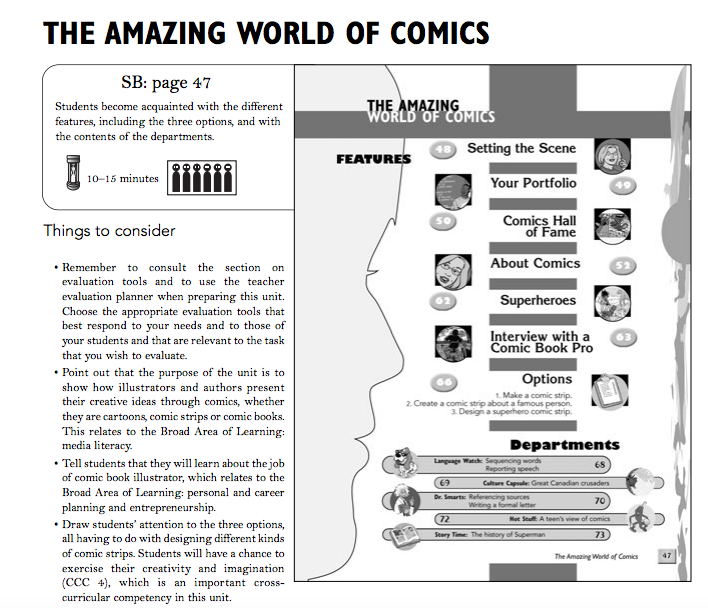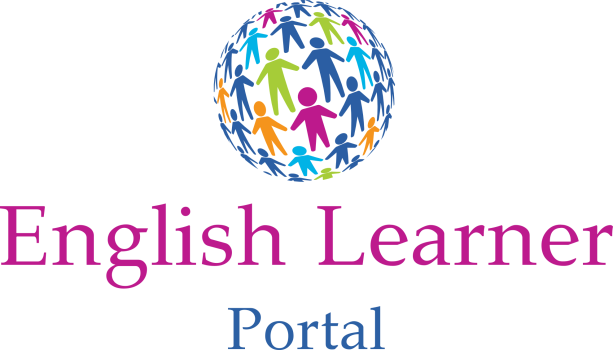 Today’s blog post is written by guest blogger, Frank Bonkowski. Frank has over 30 years of experience writing English language teaching materials, creating e-courses, and teaching English language at university, college, and high school levels. Frank teaches at Cégep de Saint-Laurent in Montreal, Canada. He has co-authored nine textbooks and consulted on many projects with publishers and e-learning companies. We are thrilled to have Frank as an online classroom partner with English Learner portal.
Today’s blog post is written by guest blogger, Frank Bonkowski. Frank has over 30 years of experience writing English language teaching materials, creating e-courses, and teaching English language at university, college, and high school levels. Frank teaches at Cégep de Saint-Laurent in Montreal, Canada. He has co-authored nine textbooks and consulted on many projects with publishers and e-learning companies. We are thrilled to have Frank as an online classroom partner with English Learner portal.
~~~~~~~~~~~~~~~~~~~~~~~~~~~~~~~~~~~~~~~~~~
Hard writing makes easy reading – an old adage
In Teaching by Principles, Brown compares swimming and writing. You might wonder, what does swimming have to do with academic writing? I am a swimmer, so I know how hard it is to swim well. I am a writer too, and it is just as difficult for me to write well.
I do sprint triathlons—a combination of swimming, biking, and running.  Swimming is my weakest event because I never learned to swim correctly. Fortunately, I am a better writer than I am a swimmer.
Swimming is my weakest event because I never learned to swim correctly. Fortunately, I am a better writer than I am a swimmer.
According to psychologists, human beings easily learn how to walk and talk; learning to swim and write well is another matter. Brown states that “swimming and writing are culturally specific, learned behaviours.” We need to be taught how to swim and write.
So how do you teach academic writing to English language learners?
In today’s post, I will introduce you to a new professional development course coming soon from English Learner Portal that answers this question. It is called Teaching academic writing to intermediate and advanced English language learners.
Here are some of the issues the course will address.
- Why is teaching academic English important?
- How does academic English differ from conversational English?
- What are some of the problems that English language learners face in learning to write at an acceptable level?
- What are some effective ways to teach academic writing?
Why teach academic writing?
Let me touch on the first issue: why we should teach academic writing—with the emphasis on academic.
If you are an English language teacher in today’s language classroom, you know from experience the importance of teaching academic language as well as academic writing. In fact, it has become an important part of the curriculum.
In “Teaching secondary students to write effectively: practical guide,” Graham argues that academic English is a necessity for English language learners for achieving success both inside and outside the classroom.
However, attaining language proficiency is a long process. It takes three to five years to become orally proficient in English, and four to seven years to become proficient in academic English, according to researcher Gary Cook.
In other research findings, Graham and Perin point out that good reading and writing skills predict academic success. Having these essential skills motivates learners to stay in the classroom and not drop out. Not all English language learners will go on to higher education. However, equipped with these two skills, learners will be better able to participate more fully in society.
There are other intrinsic reasons to teach writing in the classroom as Jeremy Harmer in How to Teach English attests:
- First, writing reinforces understanding English and keeping language in memory.
- Second, the actual writing process is a mental activity that helps learners learn better.
- Third, the task of writing appeals to some learners who need to see the written language and reflect on it.
- Lastly, writing is a linguistic skill just as important as reading, listening, and speaking. In both language and content classrooms, English language learners must be able to communicate effectively.
In his practical guide, Graham states that learners need to think critically, analyze information, and express their opinions and thoughts if they are to succeed.
New Online Training course
Let me describe briefly the self-paced course that we are in the process of creating at English Learner Portal.
The five modules in the course are designed to help teachers learn and use effective strategies and techniques to teach academic writing to English language learners.
The training course has five objectives:
- Describe critical issues in teaching academic writing to ELLs.
- Explain why teaching academic writing to ELLs is important.
- Demonstrate to ELLs the initial steps in planning to write.
- Show ELLs examples of effective writing at the sentence, paragraph and text levels.
- Illustrate to ELLs techniques for editing and revising their writing.
 Course features
Course features
Here are the main features of the training course:
- Audiovisual presentation of the more than 25 lectures
- Transcripts of all the lectures
- Readings: the latest research in the field of English language teaching
- Interviews: writing specialists share their thinking on teaching writing
- Activities: tasks to get teachers to implement what they are learning
- Discussion forum: teachers share their ideas with the instructor and all the teachers
- Quizzes: self-graded
- Self-assessments: allow teachers to to get feedback on what they’re learning
- Graded assignments: allow teachers to get feedback from the instructor
- Certificate of completion.
Interviews
Knowledgeable resource people will share their ideas about teaching writing:
- Kelly Reider, founder of ELP, on Wida writing rubrics
- Dorothy Zemach, author of “50 Ways to Practice Writing”
- Ktwente, HS teacher, on plagiarism
- Nick Walker, creator of the Virtual Writing Tutor, on self-correcting.
Bonus Material
An added feature is a fun section dealing with teaching English literature through film.
Downloadable teaching unit
The training course will make available to teachers —at a discount price—a downloadable teaching unit called “The Amazing World of Comics” (Soubliere, 2007).
The unit offers a number of engaging reading, listening, and speaking activities.
Learners build on these activities to create their own comic strips about a famous person or a superhero.

The unit—which I created—shows learners how illustrators and authors present their creative ideas through comics. The broad areas of language learning include career planning, entrepreneurship and media literacy.
The teaching unit encourages learners to:
- use information
- exercise critical judgement
- be creative adopt effective work methods
- use information and communication Technologies
- cooperate with other learners, and
- communicate appropriately.
The materials include the following three components:
- 40-page teacher guide explaining how to use the unit, including suggested answers for activities end tasks.
- 18 student activities that teach writing, grammar, and vocabulary leading to three engaging closure projects.
- 27-page full color teaching unit in PDF format.
School licenses will be available for teachers to use the unit in their classroom.
Stay in touch with us at Englishlearnerportal.com. Sign up for our email updates to get the latest information on the upcoming course launch date!
